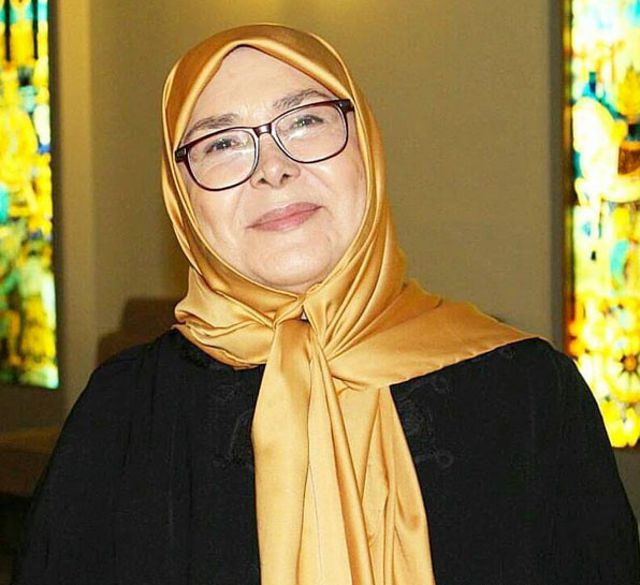Actresses in these films played more layered roles — not just romantic figures, but women trapped between societal expectations and personal desires. For instance, in Mehrjui’s works, women often represented both purity and resistance. Their silence, suffering, or strength carried political and emotional weight. This period gave actresses new artistic depth, allowing them to move beyond the glamour of commercial cinema and into the realm of social commentary. By the late 1970s, Iran was on the edge of transformation. Political unrest, economic issues, and growing opposition to the Shah created a climate of uncertainty.
As protests grew, the film industry slowed down. Many cinemas were targeted by demonstrators, who saw them as symbols of Westernization and moral decay. After the revolution succeeded in 1979, the film industry as it had existed before came to an abrupt halt. Many actresses found themselves facing new restrictions or public hostility. Some left for Europe or the United States, while others chose silence or retirement. The entire infrastructure of popular cinema — from film studios to distribution networks — was restructured under strict Islamic guidelines.


